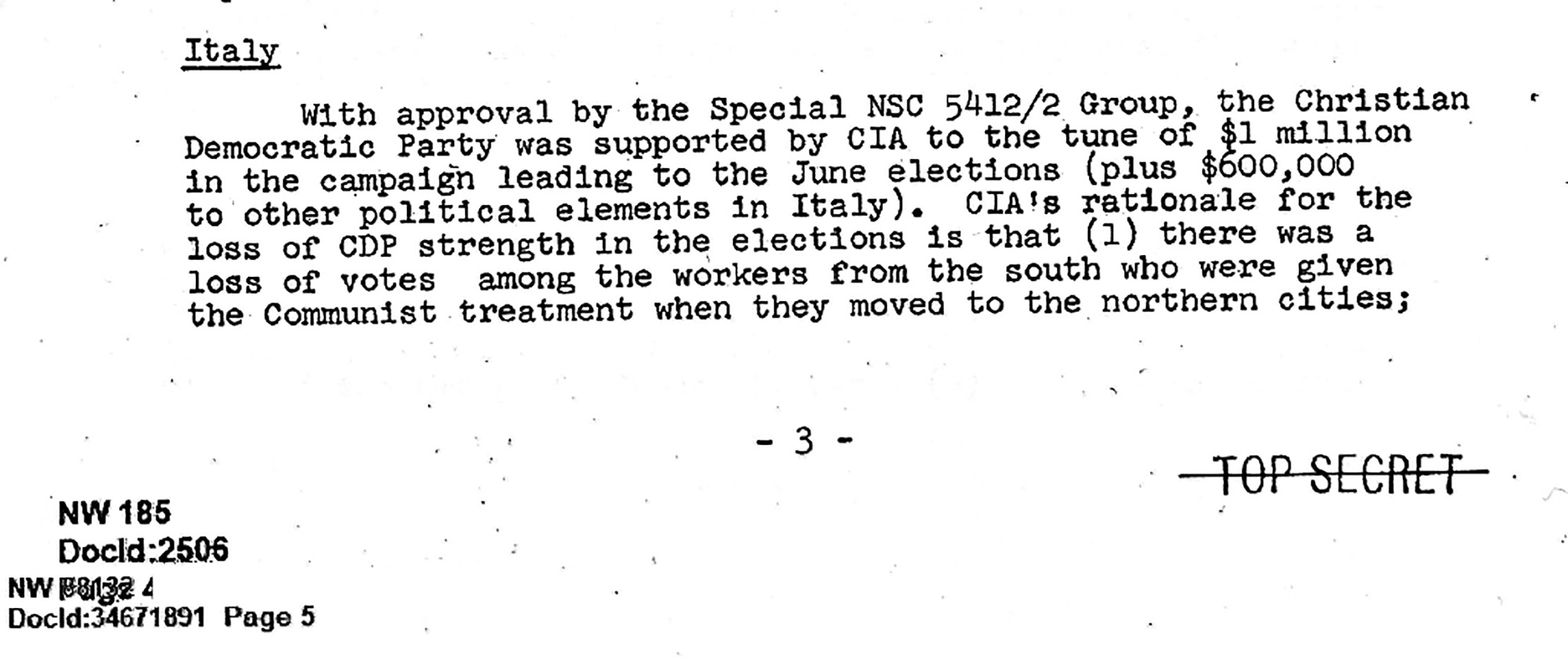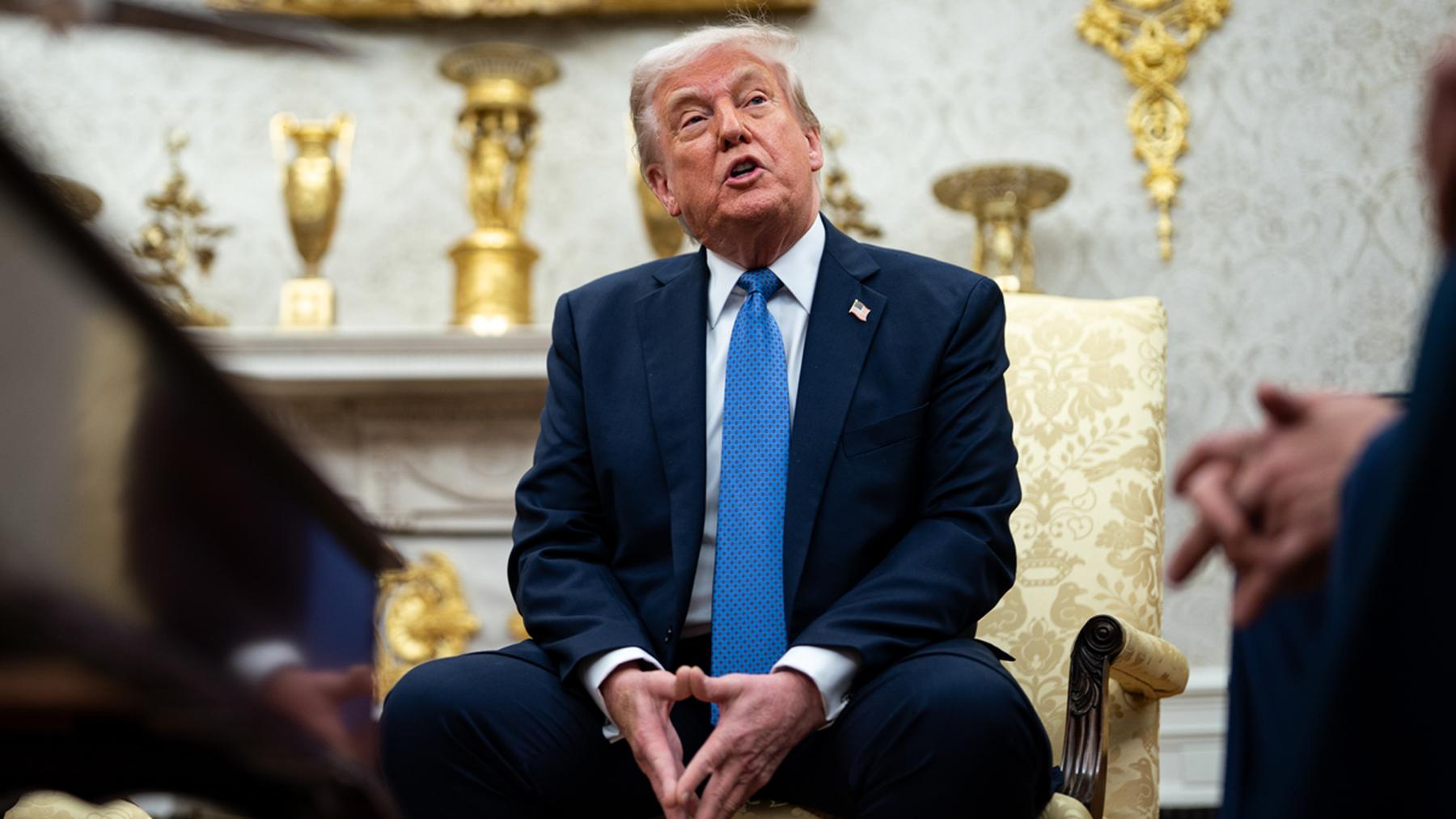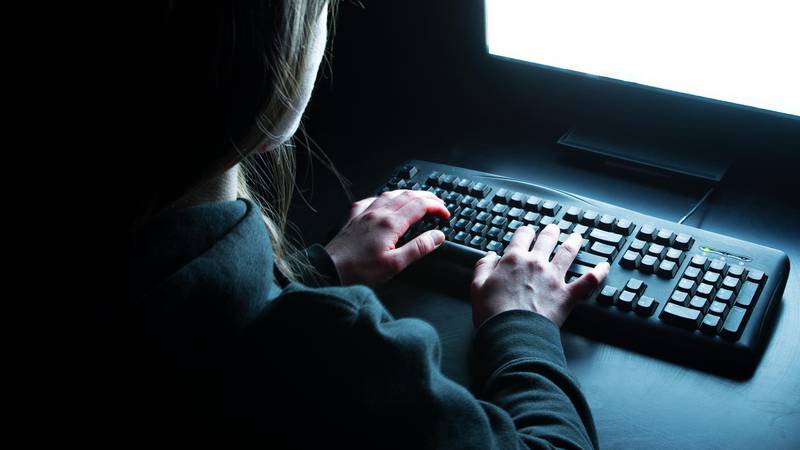Drugs behind the wheel and checks: the « zero tolerance » confirmed

The Ministry of Infrastructure confirms the hard line for those who are found positive for the controls while behind the wheel. Stop the use of urine tests: only those of saliva and blood is valid, with rigid and scientific procedures. But the Consulta is called to express itself on the legitimacy of the standard. All knots
No reverse on « zero tolerance ». Yesterday, the Ministry of Infrastructure and Transport (MIT) put it black on white: « No circular contradicts the novelties of the Highway Code regarding zero drug ». The question was born after the April 11 directive sent to the traffic police bodies: an operating document that regulates checkers on drivers. The principle – reiterates the MIT – is clear: They are punished those who put themselves behind the wheel after using drugs, overcoming the idea, considered now inapplicable, of the « alteration » to be demonstrated. Translated: it does not count how you feel, but if the substance is still active in the body.
The new procedures
« This is the most disruptive novelty of the reform of article 187 of the Code, in force from 14 December 2024 », explains Luigi Altamura, commander of the local police of Verona and Anci contact person in Italy. « The directive issued by the Ministry of the Interior and of Health establishes that the violation starts if there is a » temporal correlation « between hiring and driving, such as to have an active influence of drugs on the ability to the steering wheel. » Altamura specifies: «Just a single dose, without limits, is enough if it proves that the active ingredient was present in the blood or in the fluid of the oral cavity at the time of control. Urine, on the other hand, are no longer considered reliable for criminal purposes ». Salivari and blood tests are confirmed, performed according to the forensic guidelines of 2022, in controlled conditions, with a chain of cryocontense custody with four degrees and double sample for any counter -analysis. Law enforcement officers will have to use approved kits, have trained staff and guarantee certain times for the second level: ten days, Massimo. During which the license will be suspended as a precaution. The MIT ensures that monitoring will be started to evaluate the impact of the new rules on the clashes related to the use of drugs. The goal summarizes him the vice premier Salvini: «The intake of drugs is very different from the use of drugs. We don’t want to hit those who are under treatment, but those who transform the road into a Russian roulette ».
The knots
Nodes remain. The first is that with such a rigorous and « scientific » procedure – to protect the driver who risks not only pecuniary sanctions but also criminal sanctions – long disputes could be opened on the correctness of the formation of the test. The second is economic. The traffic police bodies will have to invest in large resources to buy all the tools for checks and to form the agents who will have to make them. For local police, municipalities will have to do so, however, they often have asphyxiated budgets. The third node is represented by the Constitutional Court which will have to express itself on the legitimacy of article 187. The case was raised by the Court of Pordenone, after a clash caused by a woman resulting positive to opiates. But he said he had taken anxiolytics and codeine. Meanwhile, the rule is in force. The controls continue and those who will be declared positive for drugs risks up to 18 years in the event of road murder.






